10 Incredible Archaeological Sites in Africa
Olduvai Gorge, Tanzania
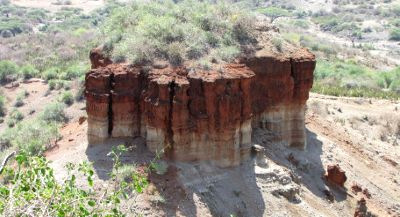
Olduvai Gorge is one of the most important archaeological sites on earth, let alone Africa. This is owing to the fact that it showcases the progress of human evolution. The fossils found here date back to more than 1.9 million years ago and include evidence of man as a scavenger, hunter and social being. Various types of tools have been discovered as well.
Valley of the Kings, Egypt
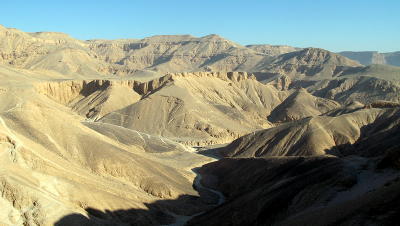
From the mid to the late 2nd millennium BC, Egyptian pharaohs and some members of nobility were buried in tombs constructed in the Valley of the Kings. The area has been receiving visitors since antiquity which is evident from Greek and Latin inscriptions on the walls. Unfortunately, not all visitors were tourists and over the centuries most of the 63 tombs in the area have been robbed.
Gedi Ruins, Kenya
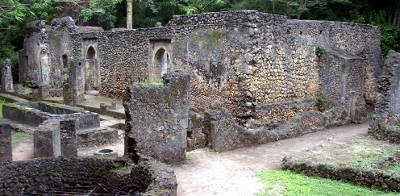
Gedi was a city along the Kenyan coast that flourished from the 13th to the beginning of the 17th century. In the 1940s, the archaeologists excavating on the site uncovered some very interesting artifacts. These include items originating from far overseas including Spain, Venice, India and China. The city had an impressive palace, a large mosque and exquisite stone houses.
Laetoli, Tanzania
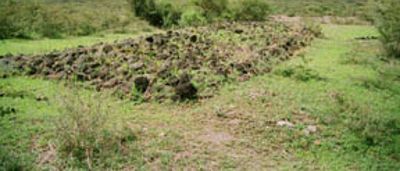
In 1976, the renowned British paleo-anthropologist Mary Leakey discovered footprints of a hominid in Laetoli. Footprints in volcanic ash revealed that this early man walked in an upright manner. Other footprints were found as well, including from hyenas, rhinos, birds, baboons and even gazelles. The scientific community was astounded since the Laetoli discovery proved that early man was walking upright approximately 3.6 million years ago.
Sterkfontein Caves, South Africa
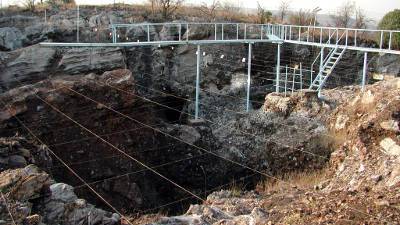
The Sterkfontein Caves are often referred to as the Cradle of Humankind as there is no other place on earth with a larger number of hominid fossils. To date (paleo-anthropologists have been excavating on the site since the mid-1930s), remains of about 500 hominids have been found with ‘Mrs. Ples’ and ‘Little Foot’ being the most prominent. While ‘Mrs. Ples’ is the most complete skull of Australopithecus ever found, ‘Little Foot’ is one of the most complete early hominid skeletons in the world.
Blombos Cave, South Africa
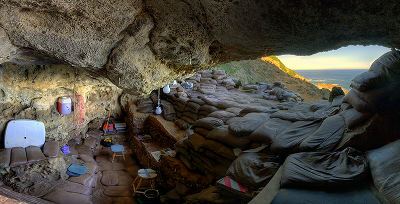
The Blombos Cave has helped answer many questions about Homo sapiens that occupied the area some 100,000 years ago. The mystery of cultural origin and behavioral patterns of early man is slowly being uncovered here. According to many paleo-anthropologists, modern human behavior can be traced back to this group of Homo sapiens that was shown to be very innovative, well organized and creative. The site was discovered in 1991.
Meroe, Sudan

Meroe was one of the wealthiest cities of the ancient Kingdom of Kush. Established in 800 BC, the city was influenced greatly by the neighboring Egyptian civilization. But in the 3rd century BC, the Egyptian art, language and writing began to disappear. In the 3rd and 4th century AD, Meroe started to decline, mainly due to the collapse of external trade. Nevertheless, the remains of this ancient city which include over 200 pyramids still stand as evidence of its former splendor.
Nok, Nigeria
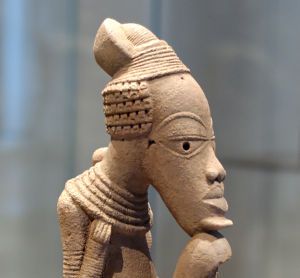
Nok is a village and an archaeological site in Nigeria which is famous worldwide for its terracotta figurines. The site has been dated to the mid-4 millennium BC (disputed by some) and gave name to the so-called Nok culture. This ancient civilization emerged in Nigeria in the 11th century BC and collapsed around 300 AD for unknown reasons. Archaeological finds reveal that the Nok culture was highly advanced even though West African societies supposed to be primitive at that time.
Koobi Fora, Kenya
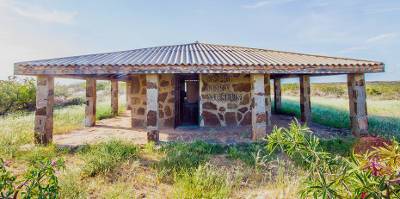
The area around Koobi Fora is renowned for sandstones and siltstones containing well preserved remains of hominins and terrestrial mammals dating back as far as 4.2 million years ago. Hominin fossils that have been discovered in Koobi Fora include: Australopithecus anamensis, Australopithecus boisei, Homo habilis, Homo rudolfensis and Homo ergaster. Also found were many stone tools most of which, however, aren’t associated with hominins.
Laas Gaal, Somalia
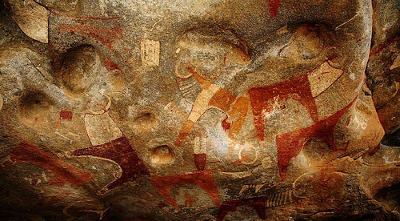
Laas Gaal is a complex of rockhouses and caves containing rock art dating back to 9,000 BC. The rock paintings shows people worshiping cows with large horns and ceremonial robes. Locals knew about the rockhouses and caves for hundreds of years before a team of French researches discovered the site in 2002. Like many other archaeological sites in Somalia, Laas Gaal hasn’t been fully explored yet.